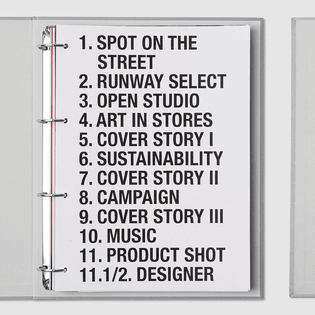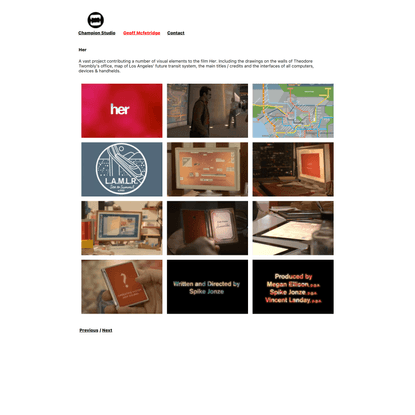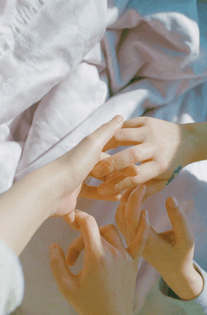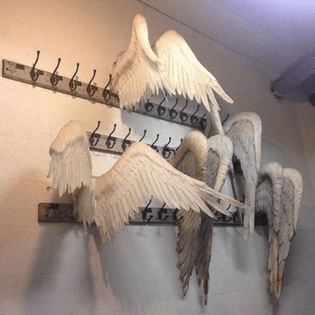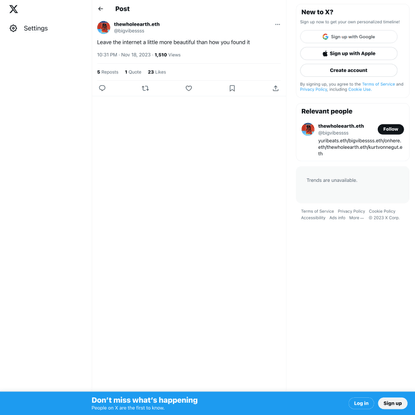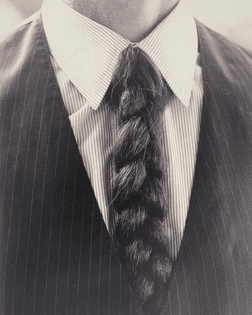Class Notes 03/12/2024
on fabric
Woven
warp
weft
bias (diagnoal)
The threads that run lengthwise (up and down parallel to the selvedge) are called WARP threads. The threads that run across the fabric (from side to side and selvedge to selvedge) are called the WEFT threads. If the fabric is placed on the diagonal, then it is on the "bias".
salvage
grain of the fabric —> horizontal and vertical
pulling horizontally/vertically: locked into the place
pulling diagonally: easier to stretch
—> this is important in making, the orientation decides if the fabric is sketchy or not
some woven fabric have two threads instead one thread as a single unit of weaving
"lower resolution" —> lower thread count, less holes to poke into
pinking shears -> temporarily stop the edge from pulling away
Knitted
T-shirts are knit fabric (button up shirts are woven usually)
when you cut a T-shirt on a bottom, it curls up
—> doesn't really stay flat
don't have to worry about threads pulling away like woven
Unwoven fabric
doesn't have a woven structure, threads are stuck together
Felt is a dense, non-woven fabric and without any warp or weft -> a subcategory of unwoven fabric
Leather
Leather:
animal skin, usually cow
back of leather: doesn't have a fabric-y back, no structure
—> suede: either the underside of leather, or if you slice the leather thinner, both sides can be suede
can laser cut, but smell like burning skin/hair
Pleather:
Faux leather: usually just synthetic materials
can't laser cut (it has some sort of vinyl or PVC in it)
Needles
sewing machine needle:
needles with holes at the point
hand sewing needle:
without holes at the point
a really thin one, not good for sewing fabric but good for beading
Pin:
no hole, ball at a terminal (pronounced, so that doesn't get sunken into the fabric), pinning fabric together
quilt clip:
doesn't create pinning holes in the fabric
also some machines cut the fabric, thus not allow pinning
Safety pins:
straight one
one with angled elbow: good for quilting, easier to pin thicker/bigger materials
bobbin
a cylinder or cone holding thread
the metal one: the industrial sewing machine
the clear one: for the other sewing machine
disposable one
Needle threaders
Putting a thread through the eye of a needle
sometimes the end frays as tiny fabric of the thread separates
—> use thread cutter (scissors)
you can use a needle threader too
- put the metal arms into the eye of the needle, to give it bigger eye
Knotting the thread
Thimble
to protect your finger when threading
if you buy a thimble, on the packaging you test out with the hole so that you know it fits your finger
Bias tape
the grain is diagnoal
helps you to finish the edge of regular grain fabric
tail tape
similar to bias tape, woven in a way so that it doesn't fray when used for finishing the fabric edge
Webbing
the material of seat belt
can be laser cut, also melts on the edge so it seals it
can take a lighter to melt the end of it
hand sewing v.s. machine sewing
hand sewing: your needle can go from the bottom of the fabric
machine sewing: two needles, one on top and one on bottom, they intertwine
